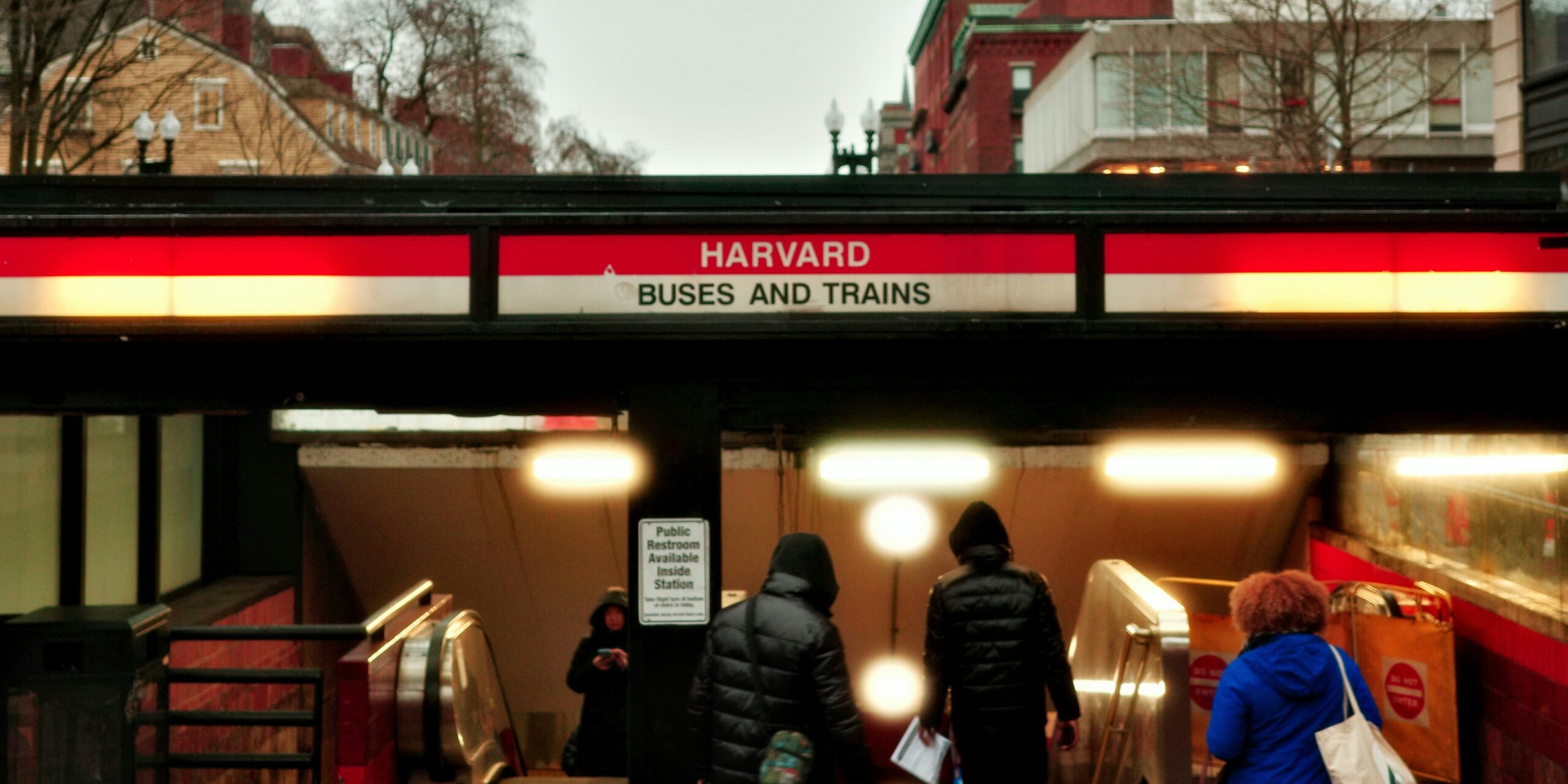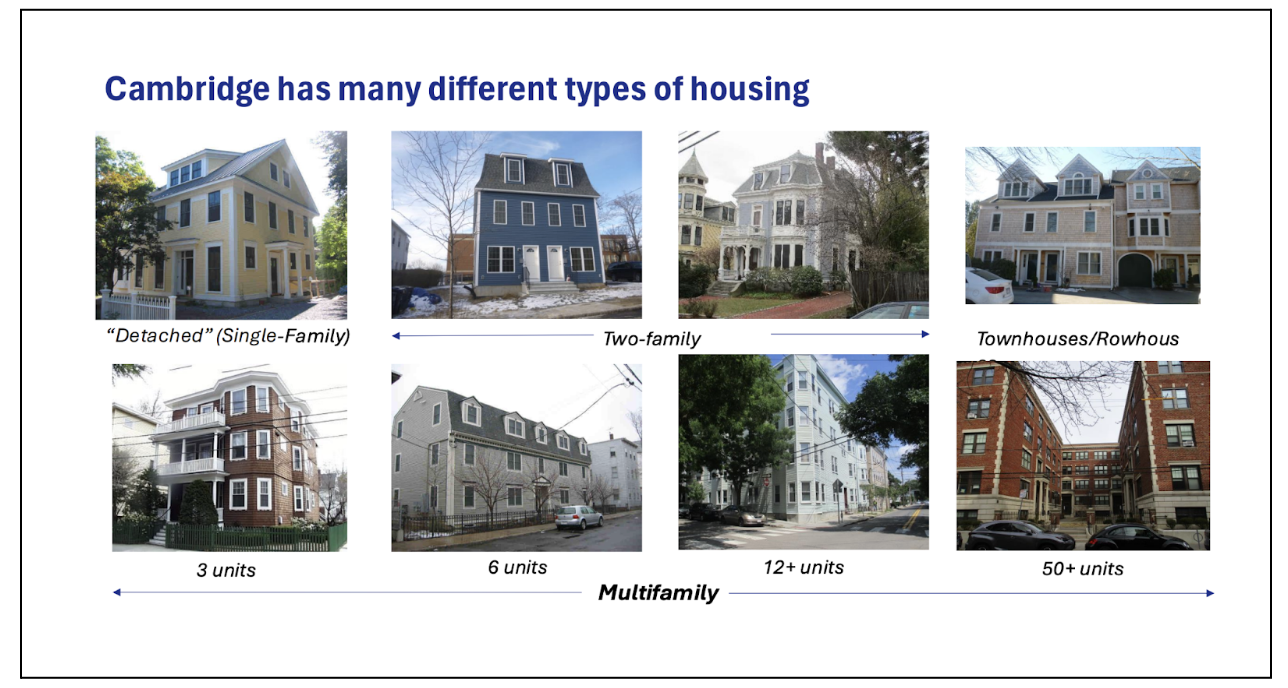YIMBY: Cambridge Adopts Six Stories By Right in Landmark Zoning Change
. Posted in News - 0 Comments
By Kimberly Rau, MassLandlords, Inc.
The Cambridge City Council voted on Feb. 10, 2025, to allow residential buildings up to six stories to be built by right in the city, a major decision that will change how development happens in Cambridge. Four stories will be allowed by right in all residential areas, and up to six stories are allowed by right in lots with more than 5,000 square feet, as long as a certain number of units are affordable.

Cambridge is home to Harvard, MIT, and, until recently, lots of restrictive zoning. Now, more people may actually be able to afford to live there. (Image: Mohammed Shonar for Unsplash)
The new regulations were passed after other ideas had been suggested and rejected. They included an allowance for six stories by right with no lot size considerations, and a more conservative three-story approach.
Eight of the nine city council members voted in favor of the new regulations, which are projected to add 3,590 homes by 2040. Of those new units, 660 are projected to be affordable.
Up to Six Stories Allowed; Setback and Area Ratio Requirements Waived
The zoning bylaws allow anyone to build up to four stories by right, eliminating single-family zoning restrictions in residential areas. However, two additional stories may be built with some minor caveats.
Developers wanting to build five- or six-story buildings will need to designate some of the new units as affordable, and may only build on lots 5,000 square feet or larger. Twenty percent of the units in these larger buildings must be affordable. If a building of four stories or less has 10 or more units, 1 in 5 of those must also be designated affordable housing.
But wait, there’s more! The new changes also remove most setback requirements (there is a five-foot front and rear setback requirement “with exemptions”), and has no floor-by-area ratio (FAR). Developers are also not restricted to a maximum number of units. There is no townhouse restriction, and no special permits are required for buildings under 75,000 square feet.
Developers who capitalize on this change will also not be hindered by arbitrary off-street parking space mandates. Cambridge removed minimum parking requirements for new construction in 2022. Regulations that demand developers provide so many off-street parking spaces per unit constructed are a major roadblock to creating more housing. Why park your car where you could put a house?

This infographic, from city councilor Burhan Azeem, shows the different types of housing in Cambridge, all of which are now allowed under the new zoning regulations. (Image: Fair Use)
New Rules Fix “Complicated and Restrictive” Zoning Bylaws
Cambridge, a city of 118,000 and home to Harvard and MIT, has faced challenges with housing, according to a primer on multifamily housing zoning published by city council member Burhan Azeem, who co-chairs the city’s housing committee.
“The City of Cambridge…has had one of the most complicated and restrictive zonings in America,” Azeem wrote, noting that the restrictions have stunted growth in the city. Only 350 new units were projected to be built over the next 15 years. In a city of 55,000 housing units, that’s less than a 1% increase.
Of those 55,000 units, many of them were “nonconforming,” meaning they would be illegal to build under the zoning restrictions that were in place until Feb. 10. Azeem and his fellow committee members worked to prepare the housing proposal the city council ultimately passed, ending exclusionary zoning in Cambridge.
“Nationwide, this is one of the biggest changes to any city’s zoning in decades,” Azeem added.
This zoning change pairs with another zoning reform designed to increase density in the city’s corridors and squares.
A Step Toward Fixing the Housing Crisis
There’s no question Massachusetts – along with many other areas of the country – is in a housing crisis. In Boston and the surrounding areas, things are particularly grim.
A 2024 Zillow article stated that many of the country’s worst housing shortages could be found in major cities in coastal states. Five of the 10 worst cities were in California, but Boston ranked number one for the worst housing availability, with a rate of 5.9 “missing households” for every available property. In other words, for every available rental or piece of real estate available, there are six households looking for housing.
Cambridge, located right next door to Boston, has given landowners a chance to create available housing for many families. The term “Paris-style” zoning, used by Azeem when referencing the changes, refers to the inclusionary zoning practices the European city implemented to address its own housing crisis.
The change in Cambridge has not been without opposition. City councilor Cathie Zusy was the one vote against the zoning reform. Zusy reportedly expressed concern that the change would generate mostly luxury units, and drive up real estate values, taxes and rents. One Cambridge resident, Rand Wentworth, wrote to the Cambridge Day calling the new reforms a “Trojan horse.”
Wentworth paints a picture of “noise, traffic jams and six-story condos towering overhead – a place of strangers where only the ultra-wealthy can afford to live.”
That seems like a hyperbolic statement. Six-story buildings aren’t free to create, and not everyone will build one. There’s also nothing stopping someone from building a single-family home if they choose. Regarding traffic, Cambridge already has a relatively low share of commutes by car. Creating homes without parking creates strong incentives for residents to commute in another way.
Besides, with rents topping $3,000 and a dearth of new construction without zoning change, who but the “ultra-wealthy” can really afford to move to Cambridge now?
Conclusion
One of the surest ways to alleviate the housing crisis in Massachusetts is to create more housing. When you create more housing units, more people are able to find an apartment. More units will also help stabilize market rates. In Cambridge, that currently averages out to more than $3,400 for a one-bedroom apartment. That’s untenable for many people who are vital to keeping Cambridge, and Boston, running.
People who decry initiatives like the zoning change in Cambridge are not operating in reality. No one has the right to insist progress stop to retain the “character” of any neighborhood. When you bought your property, you bought the right to own your parcel of land, not demand that nothing change in your neighborhood, ever. And where does one even attempt to draw that line? Shall we go back to the time when Cambridge was a quiet farming village, to really make sure no present generations (yours included!) get a shot at housing?
We applaud Cambridge for this step in the right direction and can only hope Boston and other municipalities follow suit. The group Somerville YIMBY stands for inclusionary zoning and is reportedly working on a proposal similar to the one passed in Cambridge. Hopefully others are as well. Boston and its surrounding areas will continue being desirable. If we want people to come to the city and continue to make it flourish, we need more housing that people can afford.




